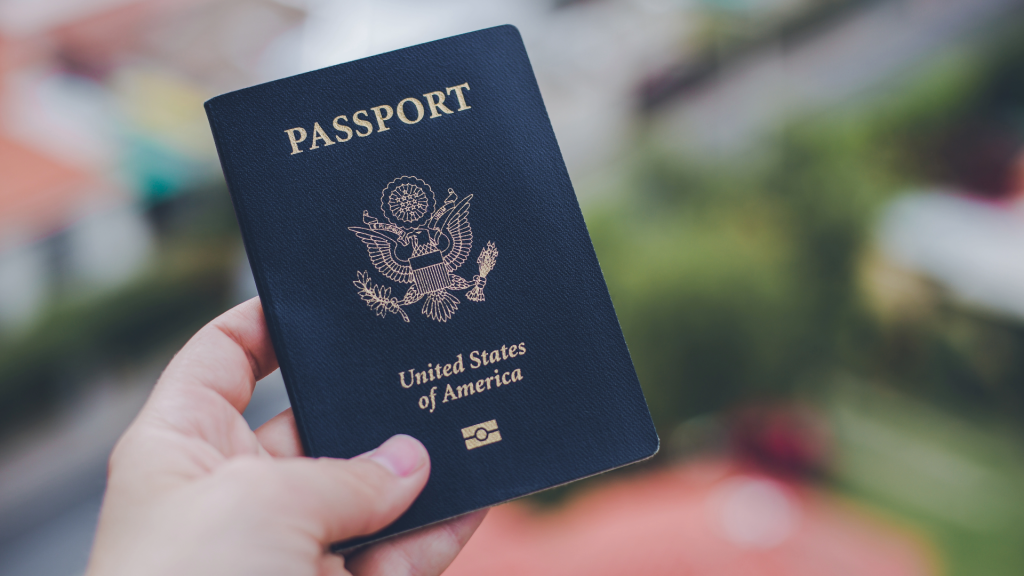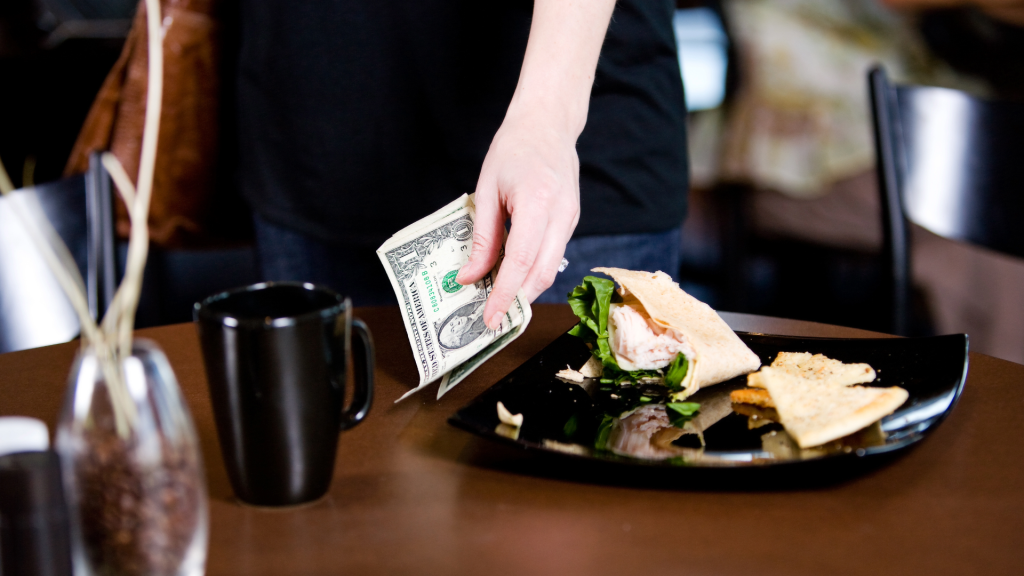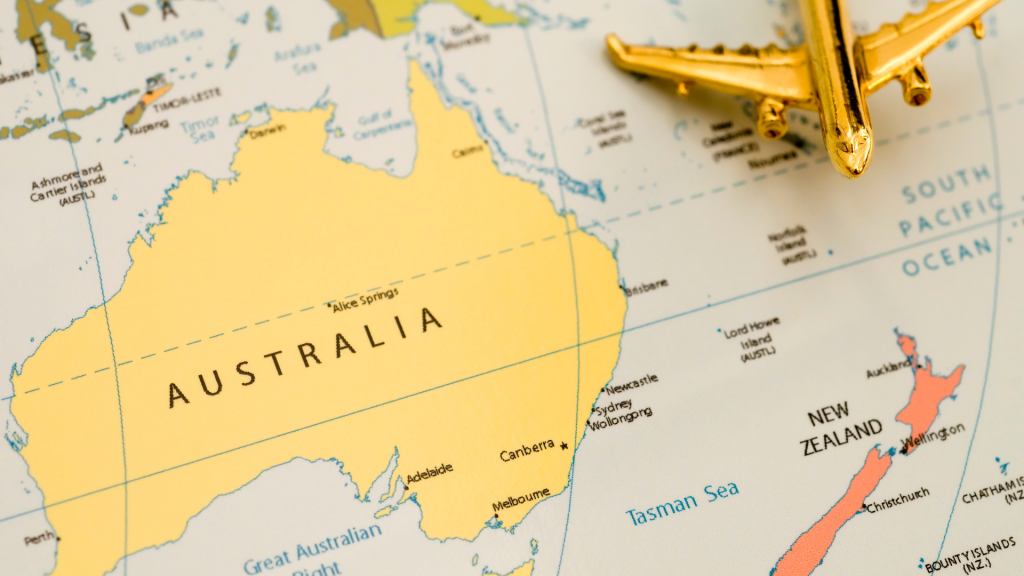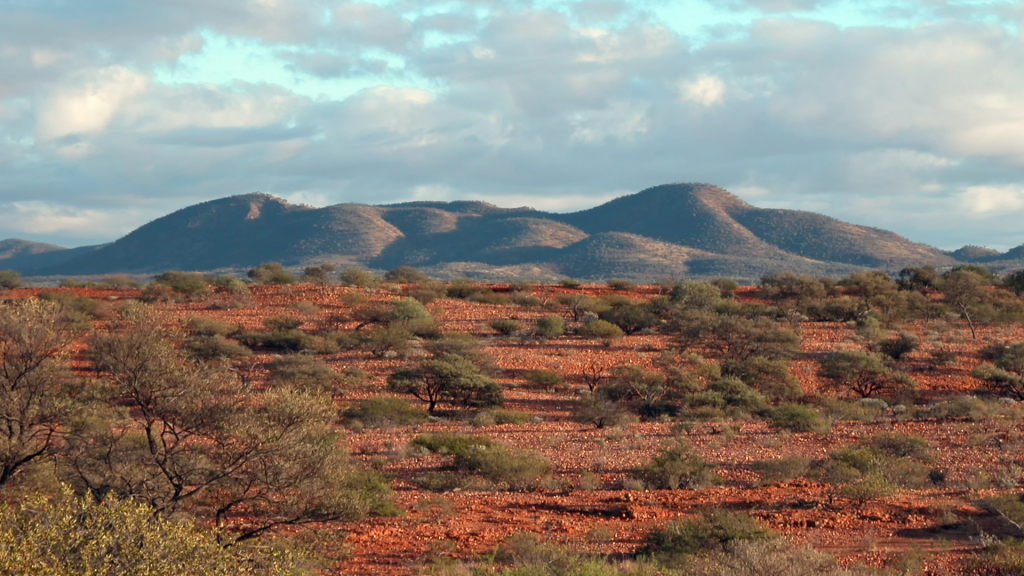Table of Contents
Celebrate Australia Day!
G’day mate! January 26th is the official National Day of Australia which marks the 1788 landing of the First Fleet and raising of the Union Flag by Arthur Phillip at Sydney Cove in South Wales. It is the story of the extraordinary nation of Australia. However, it is also a significant time for retrospection and respect for the Indigenous Aboriginal people. As over 25.5 million people celebrate and reflect on the history of their country, we at Willamette International Travel, will be musing over our top 10 favorite things to plan for before visiting Australia.
1. Get to Know Aboriginal Australia

The Aboriginal and Torres Strait Islander people have lived on the continent for over 65,000 years. About 3% of Australia’s population have aboriginal heritage and there are more than 200 distinctive languages shared among their people. Visitors who are intrigued to learn more about the rich history of these people are encouraged to take a guided walk with an Indigenous guide who will share their knowledge of the land and stories of their ancestors.
A visitor might see ancient works of art, the world’s oldest living rainforest, or even go on a spiritual journey with a guide. Whatever it may be, you won’t be disappointed to learn about the rich history of these fascinating people!
2. Australian’s Have Their Own Unique Lingo

Traveling to a new country might often mean picking up on a new language so you can get around more comfortably. I know what you’re thinking, “Don’t Australians already speak English?” Well, yeah of course, but there are some common slang terms that WILL leave you bamboozled if you do not know them ahead of time.
— Arvo: Afternoon
— Aussie: An Australian, duh! Pronounced “Ozzie” instead of “Osssssie”.
— Barbie: You guessed it! A barbeque! “Let’s go down to the beach and have a barbie!” Also, “He’s a few snags (sausages) short of a barbie” is used to describe someone who is a little crazy.
— Bloke: A male.
— Breakkie: Breakfast
— Fair dinkum: Truth, genuine; an assertion of truth or genuineness. “It’s true, mate, fair dinkum.”
— No wuckas: No worries, no problem!
— Sheila: A young girl or woman.
— Straya: Abbreviation of Australia
— Tinnie: A can of beer
3. American Citizens Will Need an ETA Visa

It’s ALWAYS important to check a country’s visa requirements before visiting so you don’t run into issues or delays on your trip. Australia requires every non-Australian person traveling into the country to apply for a visa. There are a few different types of visas so knowing which one to get depends on the duration of your trip. Be sure to check out the official Australian Government Department of Home Affairs website for more information.
— Electronic Travel Authority (ETA) visa: This visa allows you to visit Australia as many times as you want for up to year and for three months at a time. You MUST apply for this visa using the Australian ETA app. Click here to go to the official Australian Government Department of Home Affairs website to get a step-by-step guide on how to do this.
— New Zealand requires all US Passport holders to get a visa before entering.
PRO-TIP: People 75 years or older must have extra documentation to travel to Australia. It’s always a good idea to check with your travel consultant if you have any questions as visa requirements change.
4. Tipping Etiquette

In the United States, it’s customary to tip between 15% and 25% after a meal or coffee. However, in Australia, where the national minimum wage is $23.23 AUD per hour—significantly higher than the United States’ $7.25 per hour—tipping isn’t necessary for a livable wage. Australia’s extensive social services, funded through taxes, cover most basic necessities for citizens.
An article in The Sydney Morning Herald confirms that tipping isn’t essential in Australia, suggesting a range of 7%-10% if one chooses to tip, but emphasizing that there are no strict rules. Employees’ livelihoods are not determined by tipping, so individuals are encouraged to do what feels right for them.
PRO-TIP: Make sure to check all food and drink tabs for a “service” line added as sometimes gratuity is already added.
5. The Continent Is WAY Bigger Than You Think

Most people are surprised to find out how big Australia truly is compared to most places. The whole continent is almost as large as the United States! It takes about 41 hours to drive from Sydney to Perth (or a 5-hour plane ride). It’s essentially the same amount of time and distance to travel from Los Angeles to New York.
Another thing to note is that their population density is notably smaller than the United States with 25.69 million people in the whole continent. There’s close to 40 million people in just California alone! Most of the population lives on the coastlines of Australia since the middle of the continent is a vast desert with scorching temperatures and little rain. It’s also underdeveloped compared to the cities on the coastlines so that means not a lot of petrol (gas) stations. Subsequently, if you plan on driving coast-to-coast in Australia be SUFFICIENTLY prepared with gas or any other emergency supplies as these will be scarce throughout your journey!
Or even better, ask us about about setting you up with the Indian-Pacific railway where you can experience the vastness of the Nullarbor Plain and the Red Center as you travel in comfort and style from Sydney to Perth!
So, if you’re planning on visiting Australia, make sure your expectations of where you want to go fits the time you are spending there and the geography of the continent!
6. The Australian Sun IS Harsher Than Anywhere Else

Everyone logically knows that sunscreen is important, but do we apply it every day? Hmm…probably not. In Australia, the sun is literally harsher than anywhere else and this is due to where they are located geographically.
The depletion of the ozone layer occurs mostly near the North and South Poles. So with the continent being so close to the Antarctic ozone hole means it is highly sensitive to higher UV radiation.
During the Australian Summertime, the Earth’s orbit brings Australia closer to the sun exposing it to 7% more solar UV intensity. As you can see, it is EXTREMELY important to be sun conscious when visiting! Consistently apply sunscreen and buy one that is non-toxic and reef safe to protect the local ecosystem.
7. Life’s a Beach

The Aussies LOVE their beaches and so do we! With bright blue waters and an incredible surf, there is so much to love about Australia’s beaches (and there’s so many to choose from), so here’s our top three:
— Margaret River, West Australia:
Margaret River is like a surfer’s dream in Western Australia. You’ve got epic beaches, from the powerful waves at Surfers Point to the chill vibes at Prevelly Beach. Whether you’re a pro or just there for the sun and sand, it’s a top spot for catching some awesome waves. Margaret River’s beaches are where the surf is as golden as the sand – a must-hit for any beach-loving, wave-chasing soul!
BONUS: This is a SUPERB wine region!
— Bells Beach, Torquay, Victoria:
Bells Beach is just one of Australia’s best surfing spots. With high cliffs with beautiful vantage points of the ocean, this beach hosts the Rip Curl Pro surfing competition each year on Easter. The surrounding cliffs create a natural amphitheater around the waves, allowing them to seriously take center stage. However, the conditions are tough, and waves are powerful so newbie surfers should not surf here. Bells Beach can still be a vibe in or out of the water!
— The Pass, Byron Bay, New South Wales:
Byron Bay in Australia is like hitting the surfing jackpot! With its golden sands, crystal-clear waters, and waves that beckon surfers of all levels, it’s a beach lover’s dream. Nestled against the iconic Cape Byron headland, the scenery is nothing short of breathtaking. The laid-back vibes and the surrounding lush greenery make it an ideal spot to unwind or catch a perfect sunset. Whether you’re a surfer chasing the next wave or someone seeking a tranquil escape, The Pass is a must-visit gem on the Australian coastline.
8. Natural Landmarks

Alright, mate, if you’re a newbie down under, you must check out these Aussie natural wonders:
— Mount Augustus, Western Australia:
Uluru and Mount Augustus are like the rock stars (pun intended) of the Aussie outback, but here’s the scoop – Mount Augustus might be your hidden gem. Uluru is awesome, no doubt, with its cultural vibes and spiritual aura. But, if you’re after a more chill and spacious adventure, Mount Augustus in Western Australia is the go-to. It’s like the quiet giant – the world’s biggest, actually. Less crowd, more room to roam, hiking trails, ancient rock art – it’s like having the outback all to yourself. So, if you’re into big, beautiful rocks without the hustle and bustle, Mount Augustus is where it’s at!
— Ningaloo Reef, Western Australia:
Both the Great Barrier Reef and Ningaloo Reef are incredible, each with its own unique charm. The Great Barrier Reef is like a bustling city of coral, renowned for its massive formations and vibrant marine life. While it’s well-known to Americans and accessible from the East Coast of Australia, reaching it can be a bit complicated, requiring a day boat from Douglas or Cairns or a stay at one of the pricey island resorts. On the other hand, Ningaloo Reef in Western Australia offers a more laid-back, beach-centric experience. Although it’s a journey from the U.S., it’s worth it for the opportunity to step straight into the water and immerse yourself in this underwater wonderland. Unlike the Great Barrier Reef, there’s no need for boat trips at Ningaloo—plus, it offers the chance to swim with whale sharks, making for a more intimate and less touristy aquatic adventure. It’s like an exclusive invitation to experience the beauty of Australia’s oceans.
— The Three Sisters, Blue Mountains, New South Wales:
Head to the Blue Mountains, and you can’t miss the Three Sisters. These three towering rock formations are like the sentinels of the Aussie bush. The Aboriginal dreamtime story of the mountain’s formation adds an extra layer of mystique. Plus, the views from Echo Point are a jaw-dropper. It’s nature putting on a dramatic show just for you. The most amazing quality of these mountains is that they they get their name due to a phenomenon of Eucalyptus oil, dust particles, and water vapor being combined in the air and when they scatter they emit short light waves which appear blue!
So, there you have it – Mount Augustus, Ningaloo Reef, and the Three Sisters. Pack your sense of awe and get ready for an Aussie adventure!
9. Wild Animals: Who Should You Watch Out For?

Australia’s wildlife is a diverse tapestry of unique species, offering an enriching experience for visitors. From the iconic kangaroos and koalas to the fascinating variety of birds and marine life, there’s much to appreciate, but it’s also VERY important to understand that encountering wildlife could lead to injury and, in some cases, death if one isn’t cautious. Here’s a list of the most common dangerous animals to watch out for when visiting Australia:
— Crocodiles – The saltwater crocs, or ‘salties’ as the Aussies call ’em, are mostly hanging out in North Queensland, cruising through the Northern Territory, and making their way into Broome in Western Australia. If you’re in their area, locals will give you the information on where not to take a swim. Take their advice seriously and keep an eye out for signs hinting at the crocs’ favorite spots. Aussie wisdom: if the locals say no swimming, you definitely want to listen.
— Snakes – If you’re out in the bush or exploring the great outdoors, it’s smart to stick to the beaten path or trail. Avoid strolling into tall grass or anywhere a snake might be playing hide and seek. But if you have to strut through a potentially snaky zone, walk with purpose. Let those slithery fellas know you’re coming so they can make a swift exit. It’s all about giving them a heads up, and you can keep on trekking without any surprise encounters.
— Spiders – Redback spiders are pretty much the regulars in Aussie homes. They’ve got a bit of venom, but they’re generally cool if you don’t mess with them. Now, funnel web spiders, especially in Sydney, are a whole different story – super toxic. If one of those bite you, get help pronto. Oh, and if you’re shifting stuff outside, keep an eye out. These spiders love sneaking into nooks like flowerpot lips and shoe hiding spots. Just give your shoes a good whack if they’ve been outside to make sure no eight-legged pals decided to set up camp in there.
— Sharks – Shark attacks are rare, but it’s always good to be cautious. Stick to well-known beaches and keep it between those lifeguard flags – they’re your safety markers. If you hear a shark alarm, no second thoughts, just get out of the water. And if you find yourself at a beach without a lifeguard, it’s swim-at-your-own-risk territory. Fun fact – more folks end up in trouble from drowning than from stings and bites down under. Oh, and if the water’s murky and you can’t see the bottom, maybe give it a rain check on the swim.
— Venomous Jellyfish – The most common are Box and Irukandji jellys. Keep an eye on the ocean seasons because local councils will give you the heads up when specific jellyfish are hanging around. Pay attention to their advice, and if you want an extra layer of protection, consider wearing a sting suit. It’s a practical move to stay safe from any unexpected jellyfish encounters. Stay informed and stay safe out there!
Diving into Australia’s wildlife is like stepping into a world of awe and responsibility. It’s a unique and educational experience for everyone, but it’s also about being aware and keeping it safe. Enjoy the wonder but throw in a bit of responsibility for good measure. Happy exploring, mate!
10. Steve Irwin and the Australia Zoo

Last, but especially not least, one cannot talk about Australia without talking about the true Aussie icon himself, the Crocodile Hunter, Steve Irwin! Now, his legacy lives on at the Australia Zoo which is located in Beerwah, Queensland. The Australia Zoo is approximately a 60-minute drive from Brisbane via the Bruce Highway, and let me tell you, it’s not your typical zoo visit. This place is all about hands-on wildlife action. Your kids – and you – get to feed kangaroos, cuddle koalas, and maybe even hang out with a wombat or two. Crikey, it’s like stepping into Steve’s world of wildlife wonder.
It’s a great place to allow yourself to come face-to-face with Australia’s wildlife in an educational and safe environment. The zoo is a living tribute to his passion for conservation, and it’s not just a visit; it’s an adventure that’ll have your family talking about it for years. So, grab your khakis, channel your inner Croc Hunter, and head to the Australia Zoo for a day of wild family fun!
If the zoo is too far from where you’re traveling to, check out some of these sanctuaries and wildlife preservations:
— Sydney Zoo
— Featherdale Wildlife Park: Located in Sydney
— Alice Springs Desert Park: Wildlife Park in the red center
— Eagles Heritage: Bird of Prey Sanctuary
Gallery
Resources
South Pacific by Avanti Destinations eBrochure
Australian Government Department of Home Affairs
Uluru: A sacred landscape in Australia’s Red Centre
Ready to embark on an Australian adventure? Call our excellent travel experts at 503-224-0180 or email [email protected].


